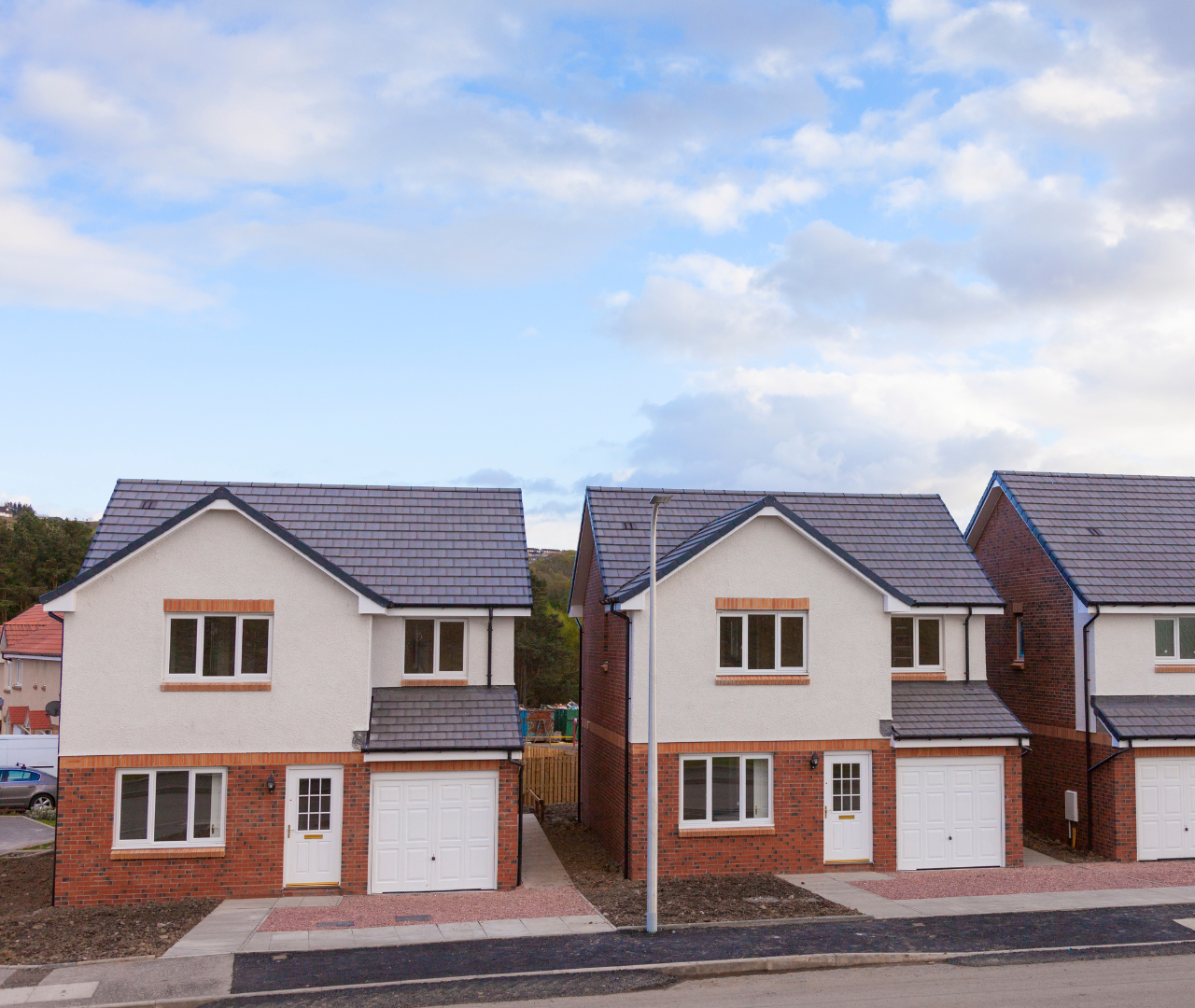Investing in property is a significant decision that requires careful consideration of various factors. One of the crucial choices you will face is whether to invest in new build properties or old properties. Each option has its unique advantages and disadvantages, and understanding these can help you make a well-informed decision. In this article, we will explore the pros and cons of new build versus old properties in the context of property investment.
Advantages of New Build Properties
1. Modern Amenities and Design
New build properties often come equipped with the latest amenities and modern design features. These homes are built to contemporary standards, including energy-efficient systems, smart home technology, and high-quality finishes. This can be a significant draw for tenants or buyers looking for comfort and convenience.
2. Low Maintenance Costs
One of the biggest advantages of new build properties is the reduced maintenance costs. Since everything is new, there are fewer chances of encountering issues such as plumbing problems, electrical faults, or structural defects. Additionally, new builds usually come with warranties that cover major repairs for a certain period.
3. Attractive to Tenants
New builds can be very appealing to potential tenants, particularly young professionals and families who value the modern lifestyle and minimal hassle. This can result in shorter vacancy periods and the ability to command higher rents.
4. Energy Efficiency
New build properties are generally more energy-efficient than older properties. They are constructed with better insulation, double-glazed windows, and energy-efficient heating systems, which can significantly reduce utility bills. This eco-friendly aspect can be a selling point for environmentally conscious tenants or buyers.
Disadvantages of New Build Properties
1. Higher Purchase Price
New build properties often come with a premium price tag. Developers may charge more for the benefits of modern living, which can affect your initial investment outlay and potentially reduce your rental yield.
2. Potential for Depreciation
While new builds can offer immediate benefits, they may also depreciate in value in the short term, particularly if the market is saturated with similar properties. It’s important to research the area thoroughly to ensure there is sustained demand.
Advantages of Old Properties
1. Character and Charm
Older properties often boast unique architectural features and a sense of history that can be very appealing. This charm can attract a certain demographic of tenants or buyers who appreciate the character that older homes offer.
2. Established Neighbourhoods
Old properties are typically located in established neighbourhoods with mature infrastructure and amenities. These areas often have a sense of community, access to reputable schools, and other long-standing services that can be attractive to families and long-term tenants.
3. Potential for Renovation and Value Addition
Investing in an older property can provide opportunities for renovation and value addition. By upgrading and modernising an old property, you can significantly increase its value and rental potential. This can be a lucrative strategy if executed correctly.
4. Lower Initial Purchase Price
Older properties often have a lower initial purchase price compared to new builds. This can make them more accessible for investors and provide a higher rental yield if the property is well-maintained and in a desirable location.
Disadvantages of Old Properties
1. Higher Maintenance Costs
Older properties are more likely to require ongoing maintenance and repairs. Issues such as outdated plumbing, electrical systems, and structural wear and tear can lead to significant expenses over time. It’s crucial to budget for these potential costs when considering an older property investment.
2. Energy Inefficiency
Older homes may not meet modern energy efficiency standards. Poor insulation, single-glazed windows, and outdated heating systems can lead to higher utility bills, which can be a drawback for tenants or buyers.
In the realm of property investment, the choice between new build and old properties ultimately depends on your investment goals, budget, and personal preferences. New build properties offer modern amenities, low maintenance costs, and energy efficiency, but come with a higher purchase price and potential for short-term depreciation. On the other hand, old properties provide character, the potential for value addition, and lower initial costs, but may require significant maintenance and updates.
By carefully weighing the pros and cons of each option, you can make an informed decision that aligns with your property investment strategy and maximises your returns. Contact us to learn more and start investing in your future.




